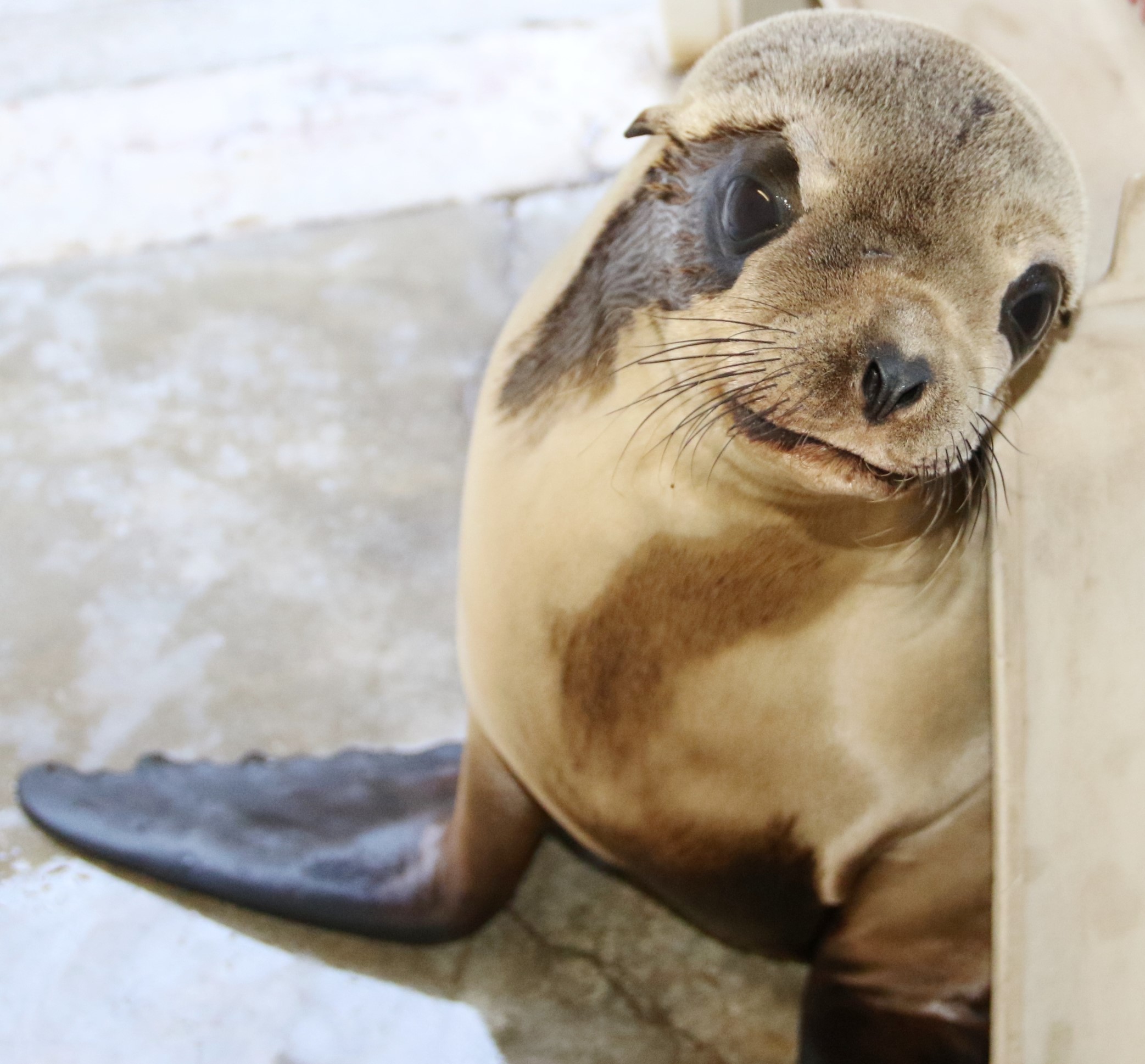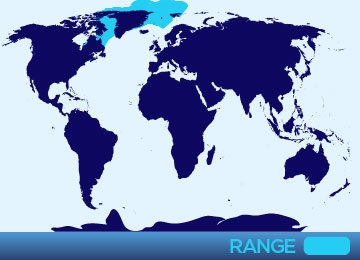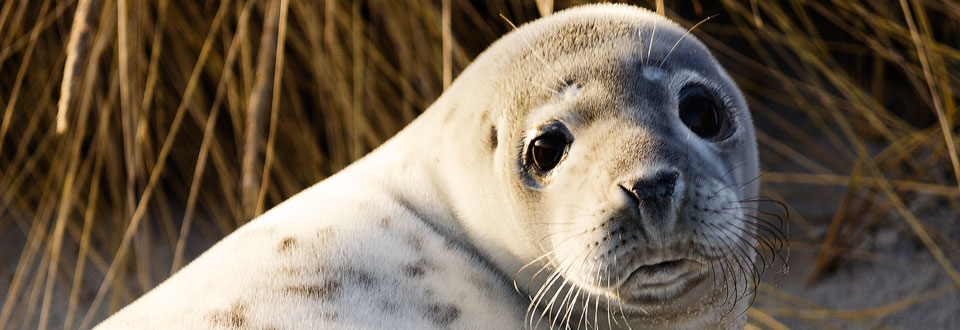
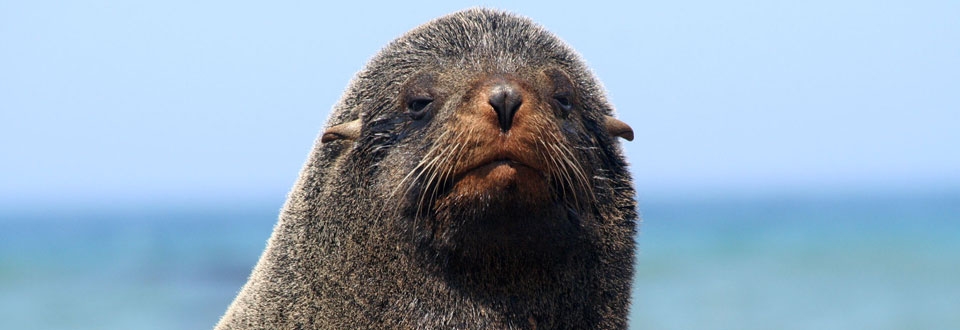
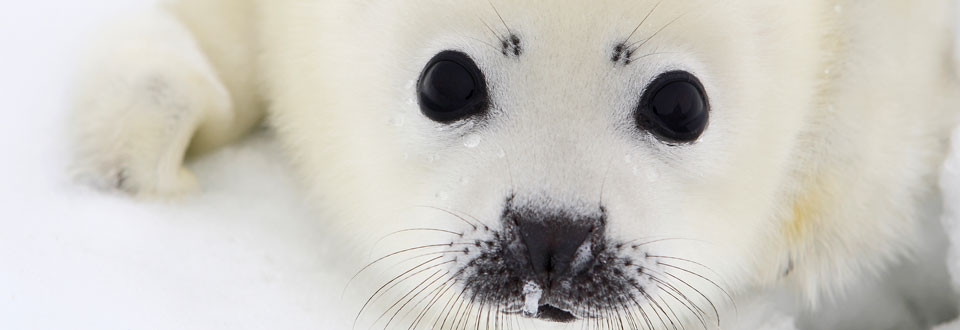
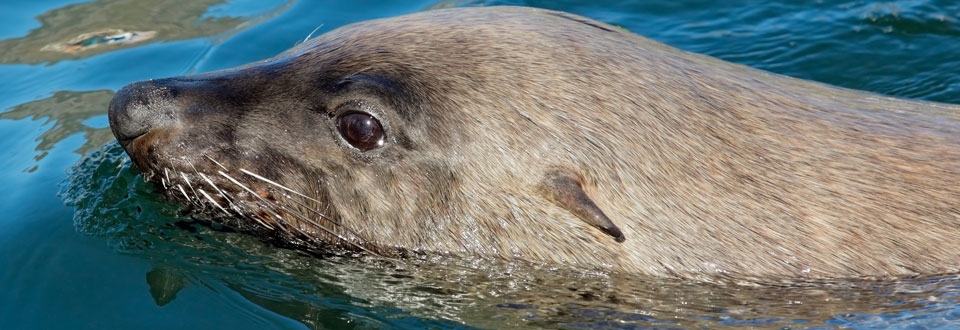
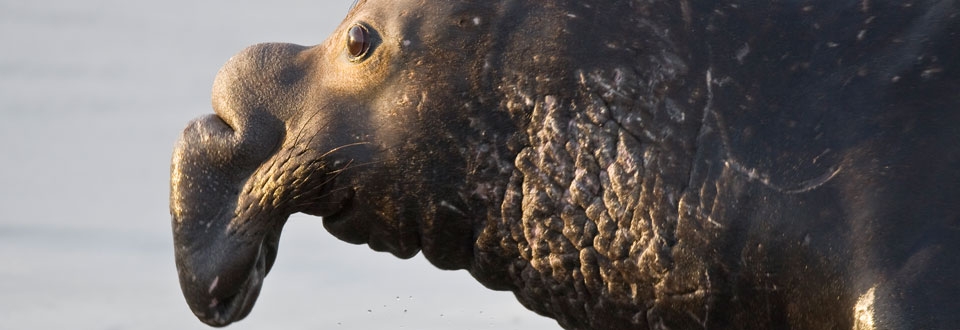
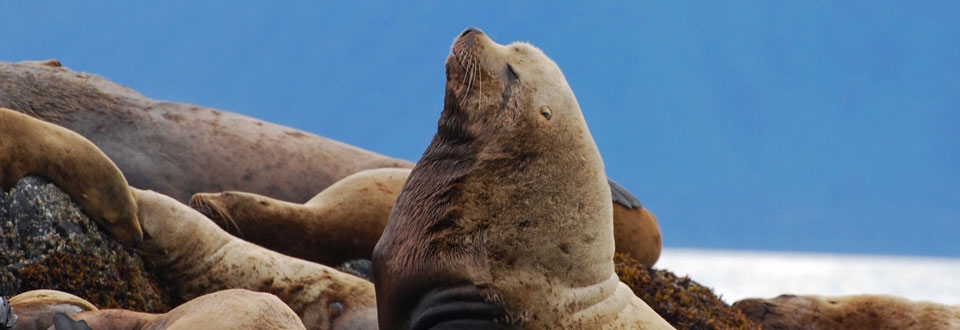
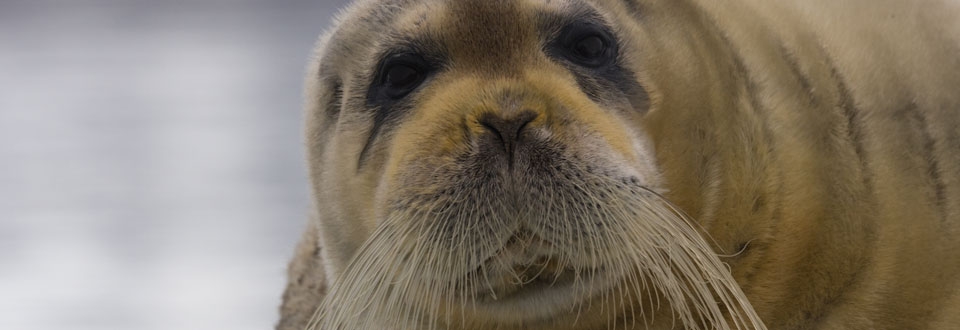
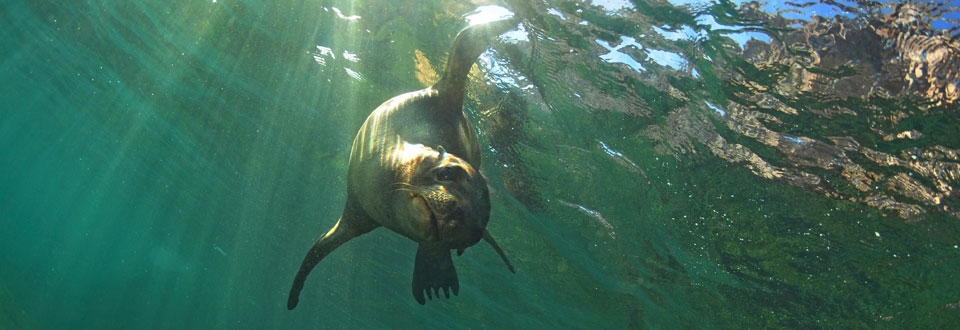
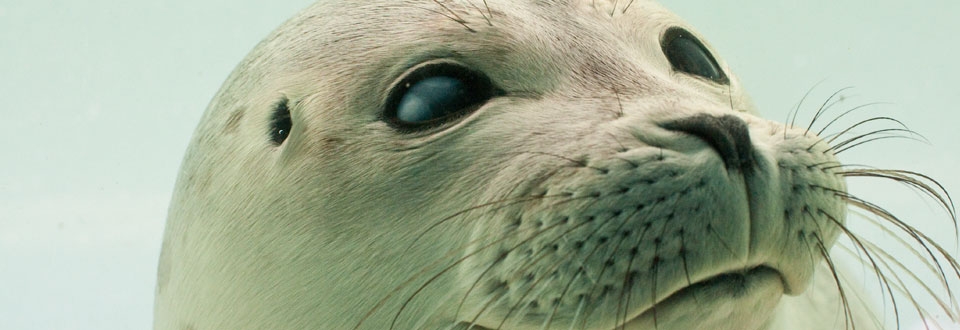
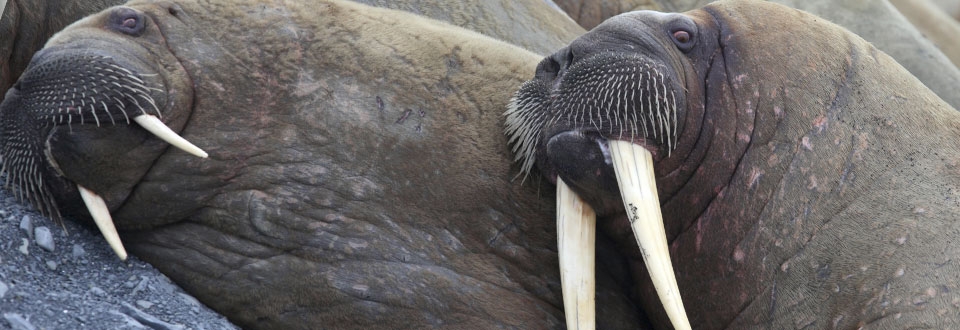
Pinniped Species
All
x
- – No known individuals remaining.
- – Known only to survive in captivity, or as a naturalized population outside its historic range.
- – Extremely high risk of extinction in the wild.
- – High risk of extinction in the wild.
- – High risk of endangerment in the wild.
- – Likely to become endangered in the near future.
- – Lowest risk. Does not qualify for a higher risk category. Widespread and abundant taxa are included in this category.
- – Not enough data to make an assessment of its risk of extinction.
- – Has not yet been evaluated against the criteria.
Hooded Seal
- – No known individuals remaining.
- – Known only to survive in captivity, or as a naturalized population outside its historic range.
- – Extremely high risk of extinction in the wild.
- – High risk of extinction in the wild.
- – High risk of endangerment in the wild.
- – Likely to become endangered in the near future.
- – Lowest risk. Does not qualify for a higher risk category. Widespread and abundant taxa are included in this category.
- – Not enough data to make an assessment of its risk of extinction.
- – Has not yet been evaluated against the criteria.
Hooded seals inhabit the Arctic Ocean and North Atlantic. Hooded seals do migrate during the summer and fall and can drift far from their northern breeding grounds.
These seals are named for their elastic bi-lobed nasal cavity or “hood” that adult males can inflate and extend. They have black heads with a silver-gray coat covering the rest of their body. Pups have a blue-gray coat and whitish bellies.
Hooded seals are founding living on drifting pack ice in deep waters. Though they may drift to warmer waters, they survive best in colder climates.
The breeding season for Hooded seals begins in late winter and lasts through April. Females reach sexual maturity at about 3-6 years of age and males at about 5-7 years of age. When on the breeding ground, animals will stay there for 2-3 weeks to produce young and complete their annual molt before beginning their migration cycle. Once born, pups are weaned in a mere 3-5 days, which is the shortest time of any known mammal.
The Northwest Atlantic Fisheries Organization (NAFO) began managing the seal harvesting in the 1970s in international waters. They also prohibited the hunting of pups. A seal management plan was put into effect in 1992.
Historically, these seals were heavily hunted for oil, leather and the pups uniquely colored pelt; Illegal hunting still continues. These seals are also often caught as by-catch.




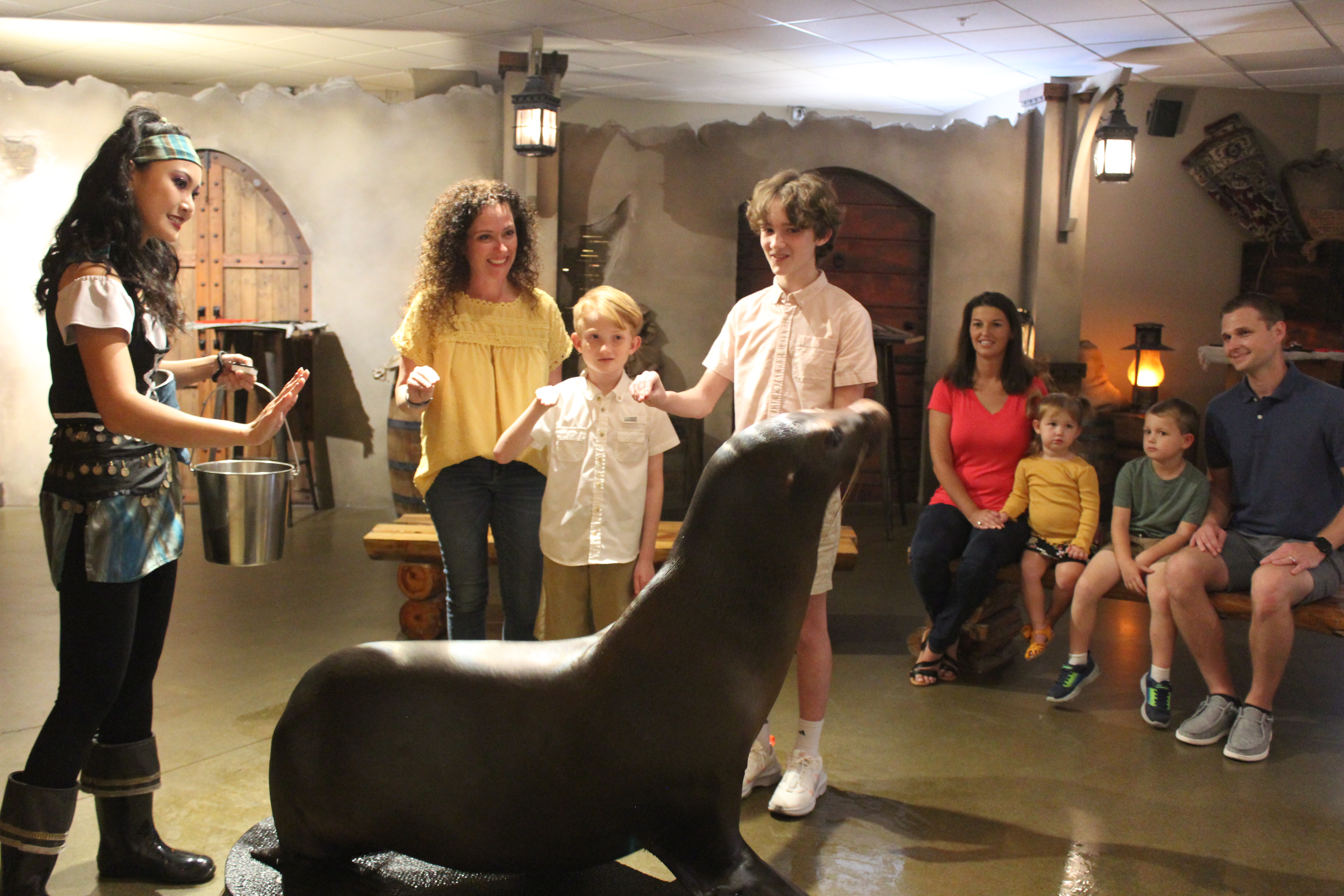 Animal Encounter
Animal Encounter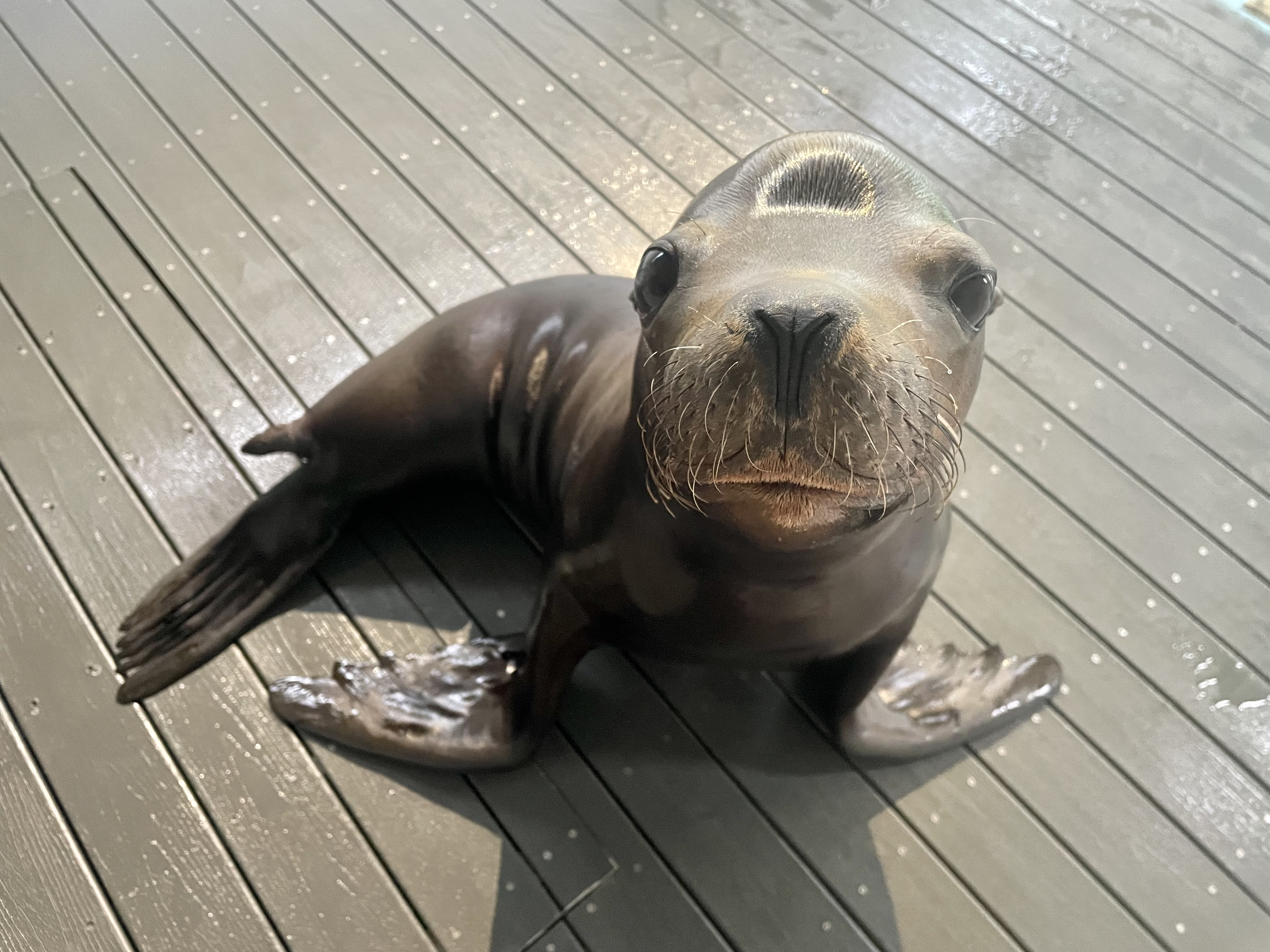 Our Locations
Our Locations
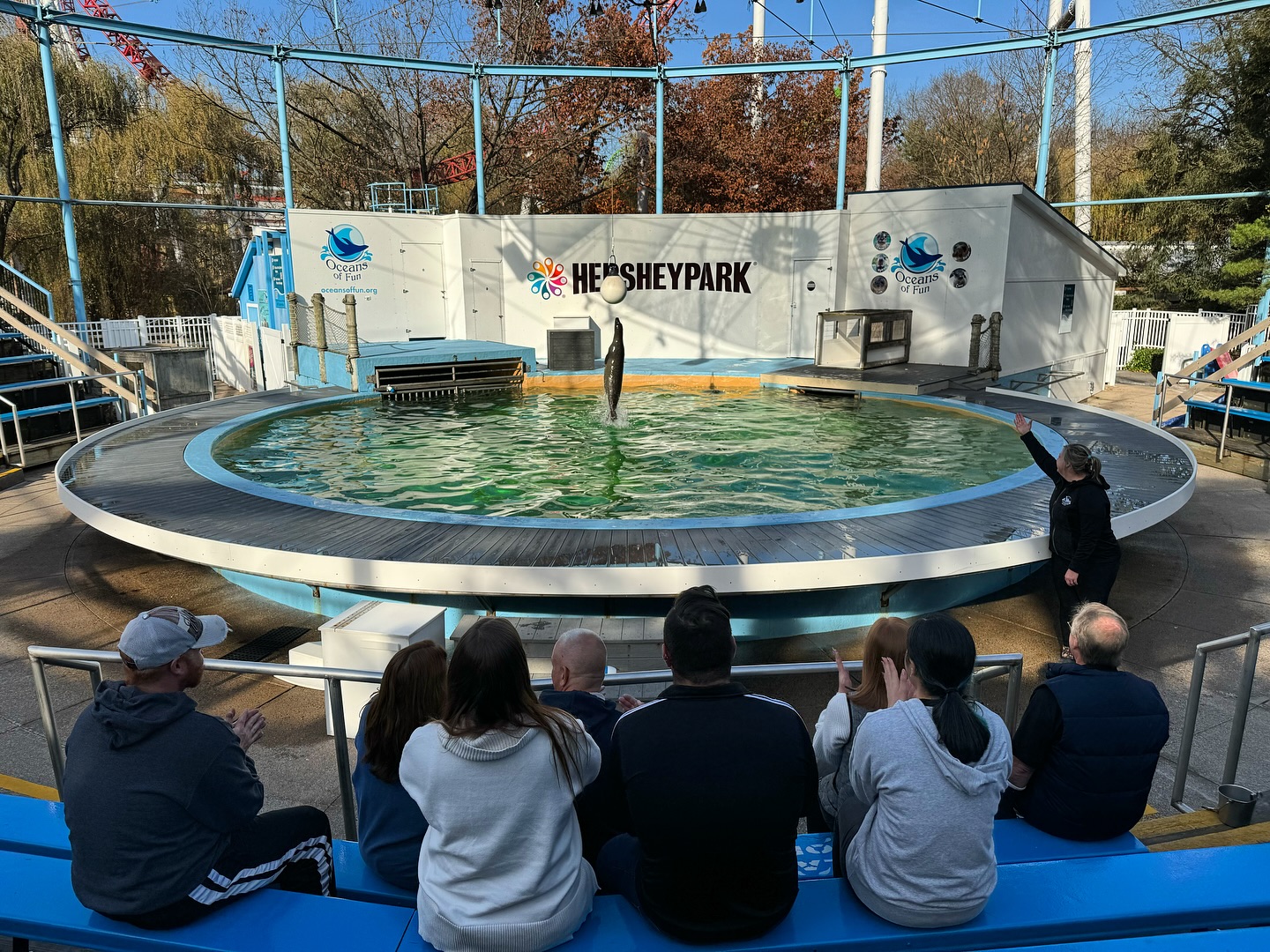 Family Fun
Family Fun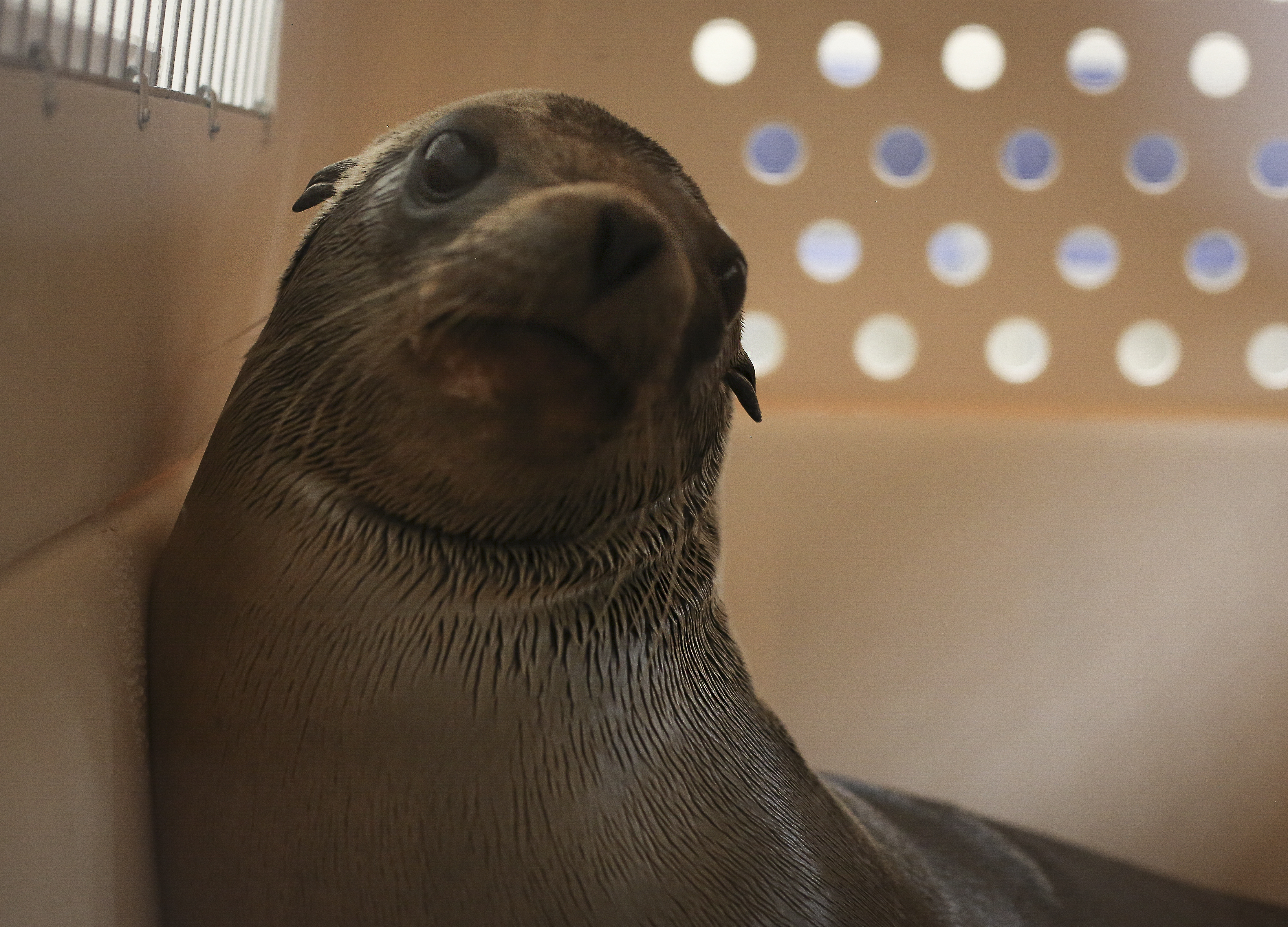
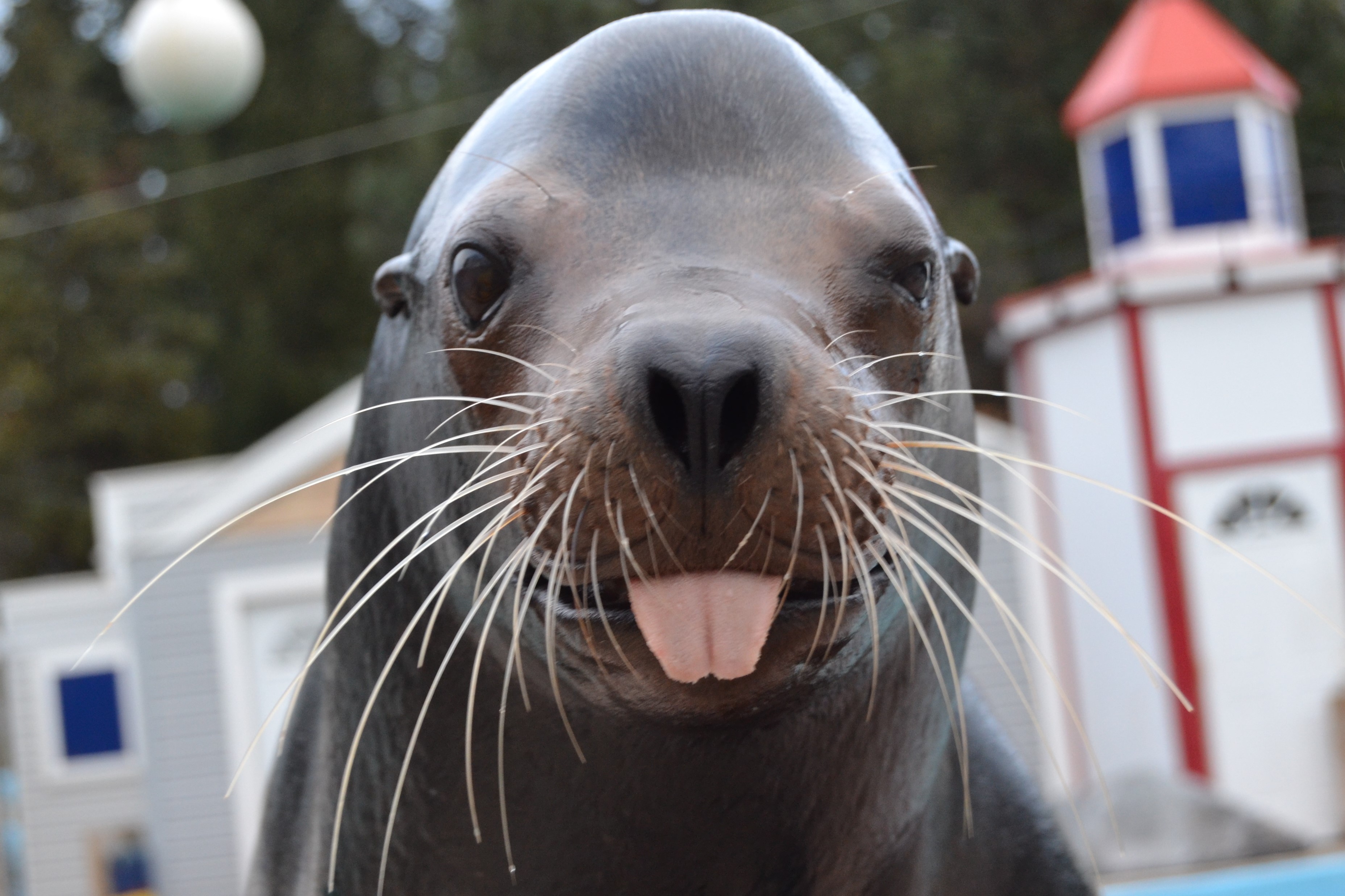
 Meet Ripley!
Meet Ripley!

